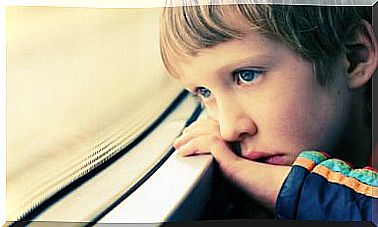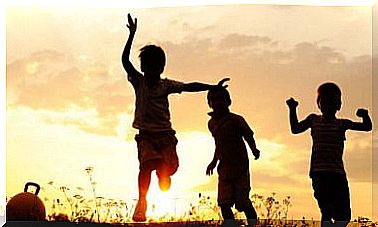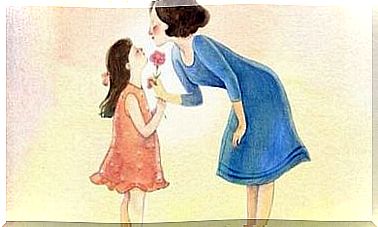How To Recognize, Treat And Prevent Mastitis
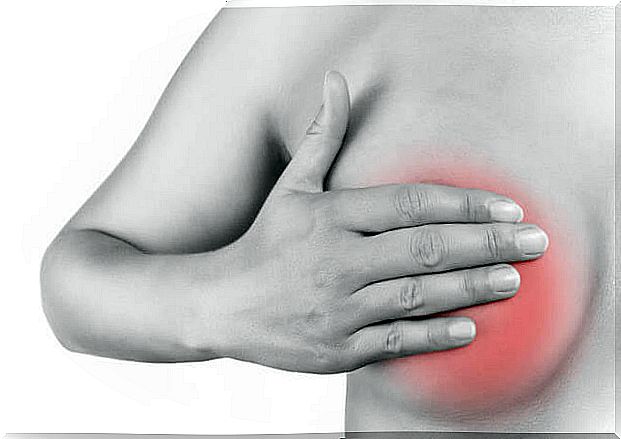
Mastitis is a common problem during breastfeeding. Although it most likely appears during the first six weeks of breastfeeding, it is certain that it can appear even after many months of breastfeeding.
Among the main causes of mastitis are obstruction of the channels through which milk passes, bacterial contamination from a crack in the nipple, and congestion of the mammary glands.
Among the main symptoms of mastitis we find the following :
- Intense breast pain
- Inflammation and increased breast temperature
- Stiffening in the swelling region
- Fever
- Cold and flu-like symptoms
- Generalized pain throughout the body
- Nausea
Causes of mastitis
Mastitis can be the result of an infection caused by bacteria and other micro-organisms that can enter the body through cracks in the nipples or any crack in the skin. Once the bacteria manage to get in, they can cause an infection.
Another way in which mastitis can develop is the presence of milk residue from the breasts regularly. When unable to leave, accumulated milk can cause mastitis. Breast milk can accumulate in the breasts for several reasons. For example, when the baby does not feed properly or does not feed often and long enough in each session. Or, if the baby has been weaned too quickly, among other reasons.
Congestion of the breasts and blocked milk ducts are other common breastfeeding concerns that can lead to mastitis.
In addition, mastitis can also be caused by an inadequate bra (tight, framed, or not fitting properly), high-impact strenuous exercise, stress, fatigue, and poor nutrition.
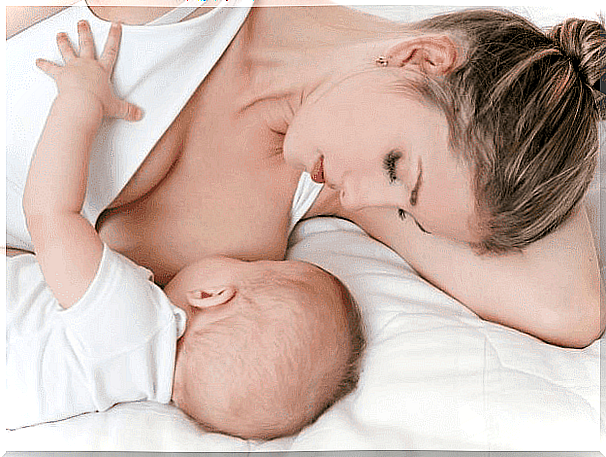
How to treat mastitis
Mastitis must be diagnosed by a physician. If the diagnosis confirms mastitis, the specialist will prescribe some antibiotics that will allow the mother to continue breastfeeding her child.
In addition to antibiotics, it is essential that the mother get enough rest and be active when it comes to eliminating the milk accumulated in her breasts. With antibiotics, rest, and emptying the breasts, the mother may start to feel better after approximately 48 hours.
Breastfeeding and mastitis
Having mastitis does not imply that you cannot breastfeed the baby. There are antibiotics that are perfectly compatible with breastfeeding. In addition, suction helps to improve the problem, as it facilitates the elimination of accumulated milk.
It is a good idea to adopt breastfeeding postures that make it easier for the milk to come out (for example, those in which the breast is facing downwards) and to massage the breast while breastfeeding.
In any case, if for some reason it is not possible, the milk must be removed with an extractor and you must massage the breasts at intervals of a few hours to facilitate the exit and not let the milk accumulate.
Mastitis and breast milk
It is completely safe to breastfeed when you have mastitis, as the infection will not pass on to the baby. This is because breast milk changes during mastitis. There is an increase in lactoferrin and antibody levels. In this way, these substances protect them for the duration of the infection in the mother.
Sodium and chloride levels also increase, which can make breast milk taste salty. Some babies don’t like the change in flavor of milk, so they may avoid nursing from the breast affected by mastitis. In this case, you will need to empty that chest manually.
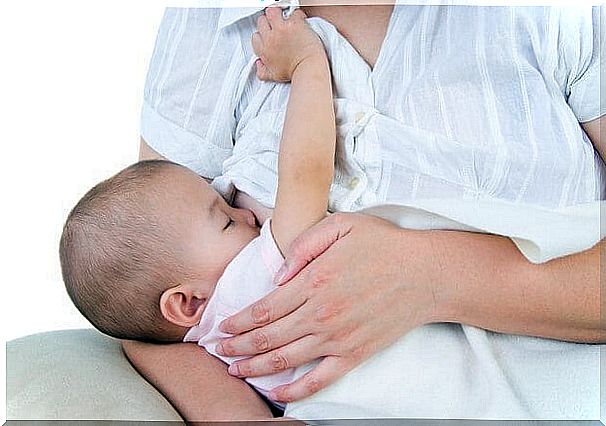
How to prevent mastitis
You cannot prevent mastitis completely. But there are ways to lower the risk of developing it. See some of them:
- Use proper breastfeeding technique. Positioning the baby correctly will be less likely to cause problems with the mother’s nipples.
- Try alternative breastfeeding postures. This facilitates emptying the chest from all angles and reduces the risk of accumulation and obstruction.
- Change breast protectors regularly. If you wear breast protectors, change them often to prevent bacterial growth
- Do not wear tight or underwired bras.
- Wean your child gradually so that the amount of milk decreases naturally
- Take care of yourself to be well fed and hydrated and to avoid tiredness and stress.


